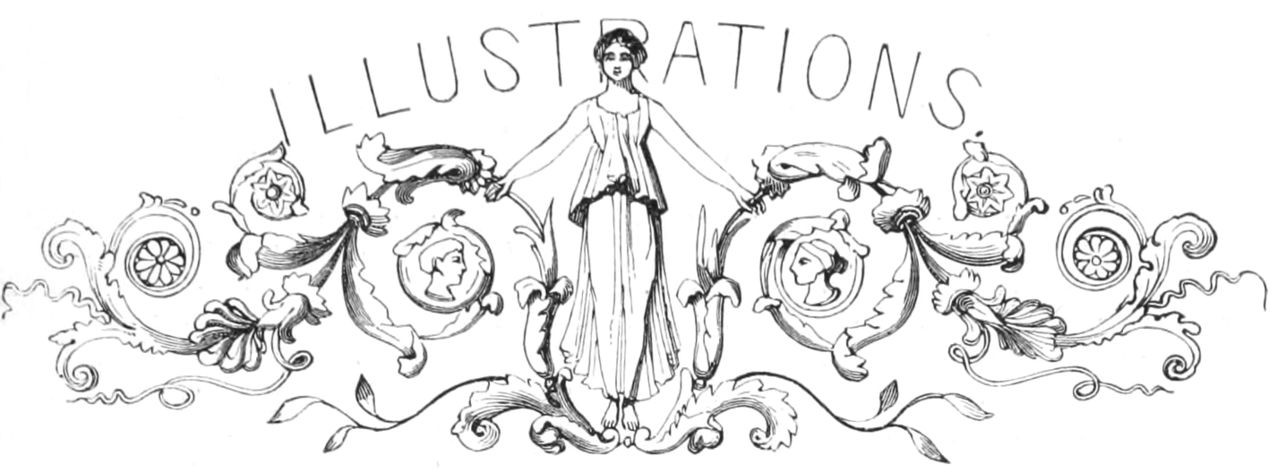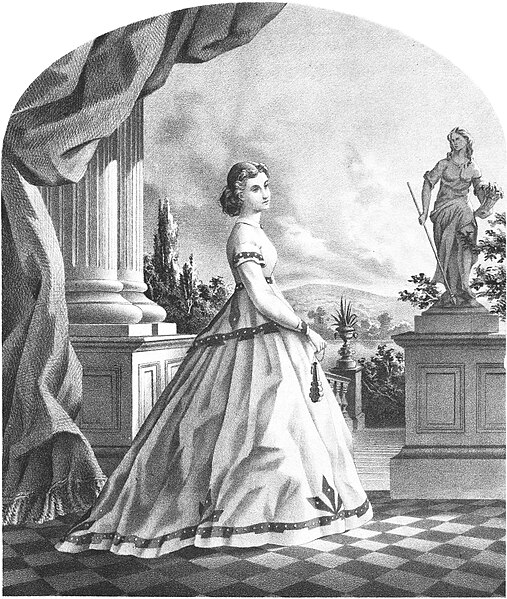| Description | English: Frame with herald from a 1916 advertisement |
| Date | 1916 |
| Source | Advertisement in American Photography |
| Author | Anonymous |
Frame with Herald
Leave a reply

| Description | English: Frame with herald from a 1916 advertisement |
| Date | 1916 |
| Source | Advertisement in American Photography |
| Author | Anonymous |
| Description | English: Graphic frame with pseudoclassical columns |
| Date | 1910 |
| Source | Cover of “Kresge’s March Two-Step” by Rocco Venuto |
| Author | Anonymous |

| Description | English: Lithograph from the cover of “Restless Love,” an 1867 piano composition |
| Date | 1867 |
| Source | Cover of “Restless Love.” a piano composition by C. Kinkel published in Louisville |
| Author | Anonymous |
| Description | English: Illustration from The Writer’s Magazine, 1914 |
| Date | 1914 |
| Source | The Writer’s Magazine |
| Author | Anonymous (signature illegible, and possibly backwards) |
| Description | English: Illustrations from The Writer’s Magazine, 1914 |
| Date | 1914 |
| Source | The Writer’s Magazine |
| Author | Anonymous |
| Description | English: Silhouette of a seated figure pointing |
| Date | 27 October 1900 |
| Source | Advertisement in Caras y Caretas |
| Author | Anonymous |
| Description | English: Illustration from an advertisement for a sale on men’s fashions in 1897 |
| Date | 30 June 1897 |
| Source | Advertisement for N. Snellenburg & Co. in the Philadelphia Real Estate Record and Builders’ Guide |
| Author | Anonymous |
From an advertisement for the Hart Cycle Company in the Philadelphia Real Estate Record and Builders’ Guide.
From an 1897 advertisement for Thomas Martindale & Co. “Caricol” Blend Tea.
From an 1897 advertisement for Thomas Martindale & Co. “Dirigo Blend” Coffee.
Create a website and earn with Altervista - Disclaimer - Report Abuse